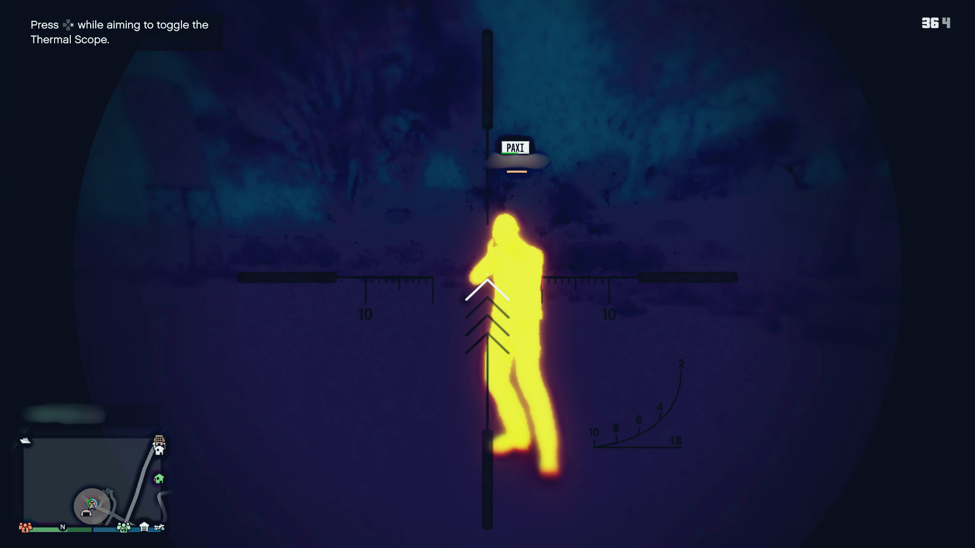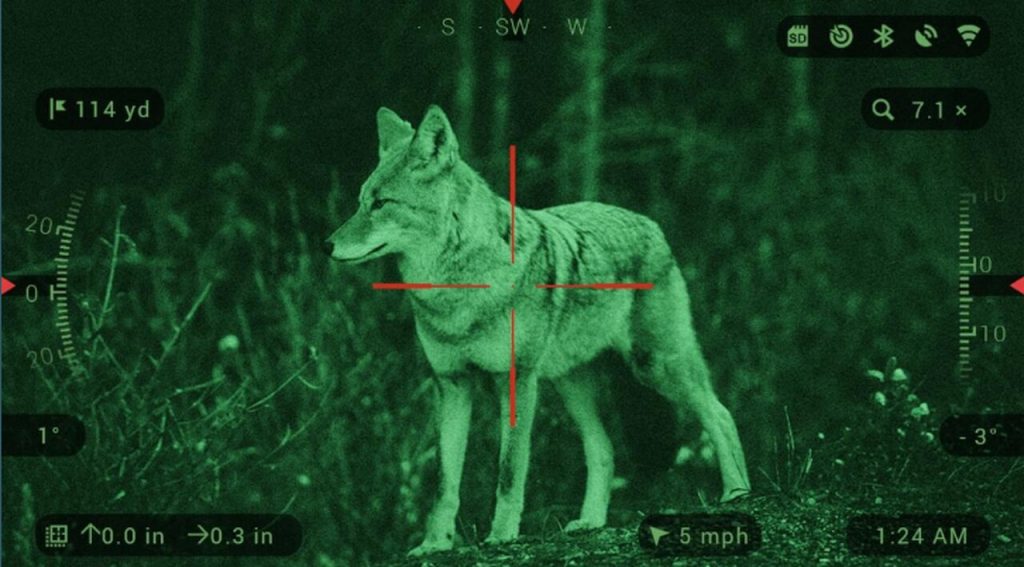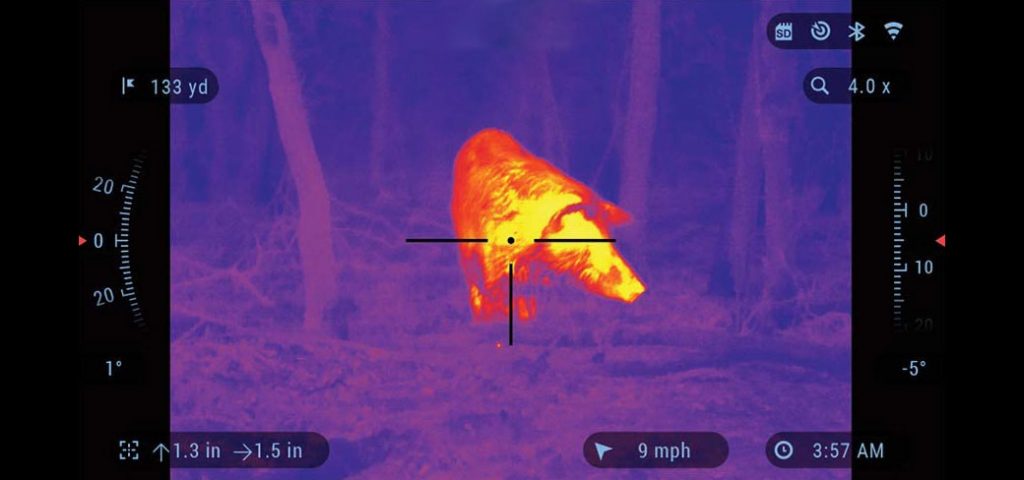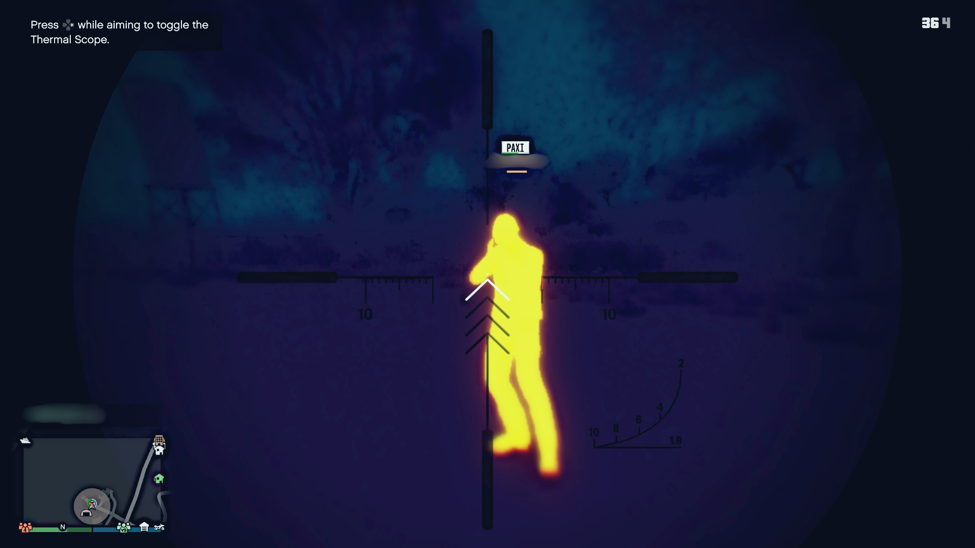
The thermal scope, one of hunting’s most fascinating pieces of technology.
If you’ve clicked on this article today, then you’ve likely either purchased yourself one of these bad boys, or you’re considering it. Great! But how familiar are you with such innovative technology? How much help do you need before you get ready to use one of these yourself?
If you’re someone asking yourself these kinds of questions, then you’re in the right place!
First Off, What is Thermal Imagery?
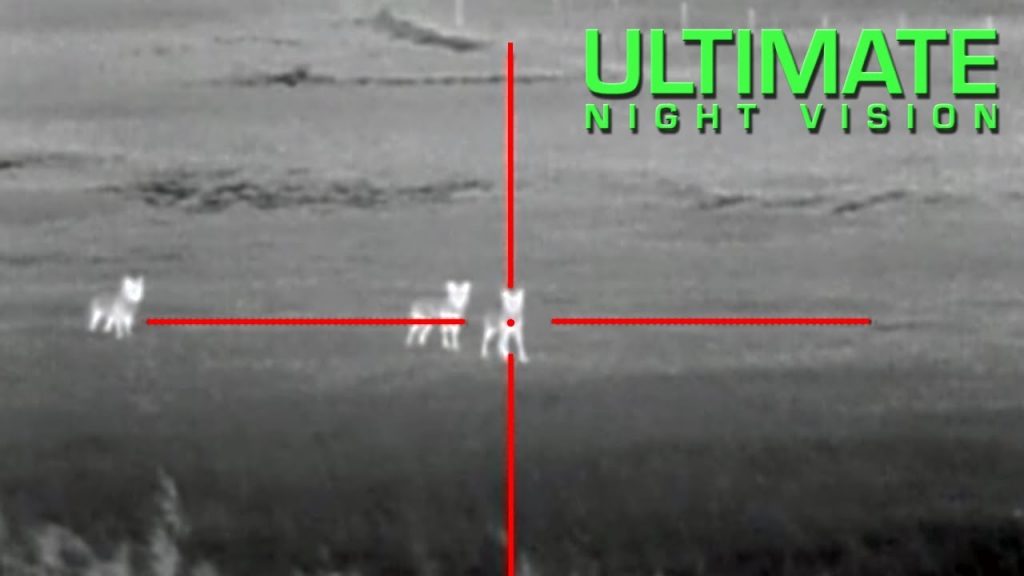
Thermal imagery, or thermography, refers to infrared imagery. Infrared images are often dark initially, only lighting up when objects with enough heat or radiation generated in them get caught in the camera/scope’s view. Thermal scopes work similarly to normal night vision devices, which soak up light particles instead of heat or radiation.
In our opinion, however, thermal scopes are much better than night vision scopes. Thermal scopes are far more capable of capturing the target of your desires while night vision can certainly illuminate them, but with much less accuracy. Thermal imagery can be used in many different ways. Besides the obvious activity of hunting, this technology can often be found in surveillance cameras as well as medical equipment.
Our Five Pointers
If you’ve clicked on this article, chances are high that you’re looking to use your thermal scope for hunting. To this observation, I say congratulations! You’re on the right track to mastering thermal imagery by knowing what you’re going to do with your new scope and when you want to use it. But ideas can only go so far without any formal research to back you up!
Thankfully, we’ve got you covered.
Scroll down to read our top five pointers for using thermal scopes!
Tip #1: Basics, Basics, Basics. We’ve thankfully already been over the differences between thermal scopes and standard night vision scopes. But be sure you never get the two mixed up, otherwise you might accidentally break your device when trying to use it at the wrong place and time! So just to refresh your memory, thermal scopes catch heat and can be used at basically any time of day. Night vision, on the other hand, catch light and can ONLY be used at night.
Tip #2: Don’t Get Too Overwhelmed. For most of you, the first time you ever witnessed the look of thermal imagery was probably when you watched the first Predator movie. The alien in particular was specifically bred to be a good hunter because he could literally see every inch of his targets in movement through the use of his enhanced eyesight. He never had to worry about overstimulation, so long as nobody could find him and hurt him. Too bad thermal imagery doesn’t QUITE work like that in real life!
In fact, the more realistic truth behind thermal imagery is that overstimulation is more than possible. We are only human, after all. So when using your thermal scope, train yourself to be able to make out specific images so that nothing gets too confusing.
Tip #3: Zeroing Practice. We get it, sighting your rifle while simultaneously using a thermal scope can be tricky. And since most people don’t shoot at paper targets in the middle of night, objects with some semblance of heat in them are what show up in thermal scans. With this being said, try making use of a metal target whenever you’re testing your scope.
Tip #4: Calibration Is Key. Calibrating a scope isn’t rocket science, but it can still prove to be confusing to newcomers. Imagine scrolling through your Facebook feed and notice that your sister has posted thirty-two new images of your infant nephew. You try to click on the album to load up the photos, but it doesn’t load! What do you do to fix the problem? You hit the refresh button at the top of your browser and reload the page, of course.
Calibrating a thermal scope works the same way. Even high-grade technology has the tendency to lag up whenever you least want it to. For newbie hunters, this can be very overwhelming in the middle of a big hunt. Our recommendation is purchasing a scope with continuous calibration, so that you don’t have to worry about doing it yourself.
Tip#5: Eye Training. Specialized night vision devices, whether pertaining to thermal imagery or standard night vision, are capable of emulating some particularly bright lights and colors. Unless you’ve got the world’s strongest set of eyes, chances are very high that you won’t be able to stand the brightness for too long of a time. With this in mind, it helps to train your eyes so you can adapt to the strange world which can only be seen through the lens of a thermal scope. A good method to use is starting out small and short, like using your thermal scope to identify objects in your closet or basement when the lights are out. When you’re comfortable with smaller spaces, you can level up to larger spaces like your backyard.
Unlock the full potential of your hunting or surveillance experience with the latest in thermal and night vision technology! I recommend you to visit usfclass.com to learn more about how these innovative scopes can enhance your capabilities.

